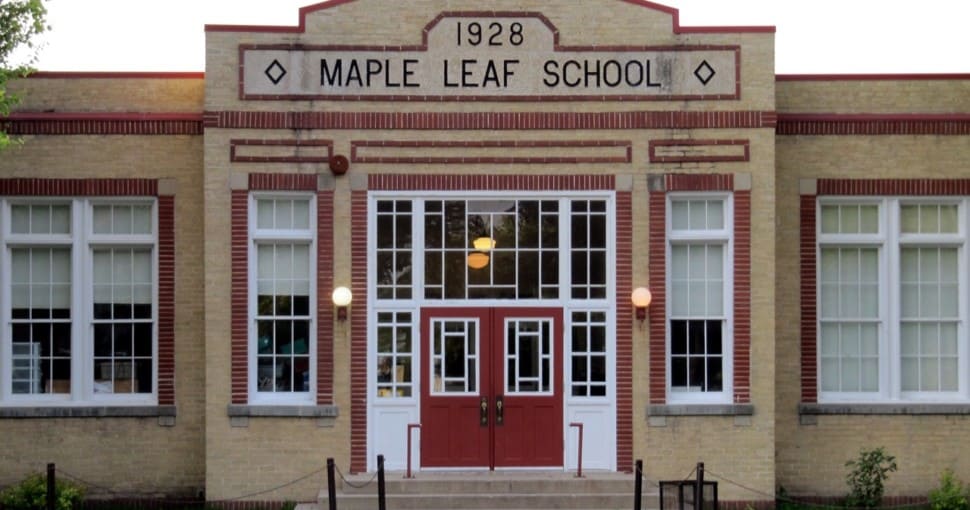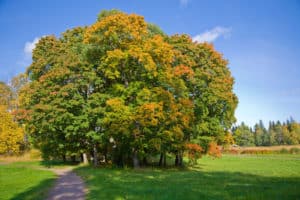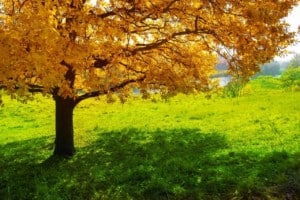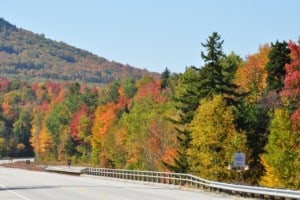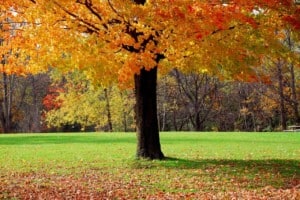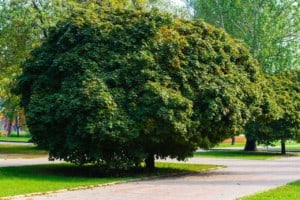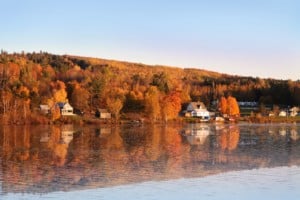Are you looking to plant some Maple trees in your garden? Well, you will be pleased to know that there is no shortage of Maple tree varieties in Manitoba, each with unique appearances and Fall foliage. Read on to find out more about the best Maple trees to grow in Manitoba, Canada!
Contents
Maple Trees fall under the plant genus ‘Acer’ and are over 150 species of Maple across the world. Most of these trees grow in the temperate zones of the Northern Hemisphere, while many of them are native to eastern Asia. Moreover, many of these trees are indigenous to North America and Canada, including the infamous Sugar Maple.
Being the easternmost of Canada’s three Prairie Provinces, Manitoba covers over 250,000 square miles of extraordinarily diverse and varied landscape. From large freshwater lakes, dense boreal forests, and prairie grasslands in the Southern and Central regions to the Hudson Bay coastline and the arctic tundra in the North. Also see maple trees in Alberta.
Moreover, the forested area makes up about 100,000 square miles, or close to 40%, of Manitoba’s total landmass. While Pine trees are perhaps the most common trees to dot the boreal landscape, there are 24 different native tree species in Manitoba. One of these is the Maple tree.
Maple trees are beautiful, and the many different species in Manitoba are an excellent resource for both beauty and shade. This is why so many Maple trees are found in public parks. Moreover, Maple trees do not have much trouble growing in dry conditions and are pretty easy to maintain.
If you would like to learn about the different types of Maple trees found in Manitoba, keep reading. This article will cover 9 different species of Maple trees that can be found in the province of Manitoba. So let’s dive right in!
1. Sugar Maple (acer saccharum)
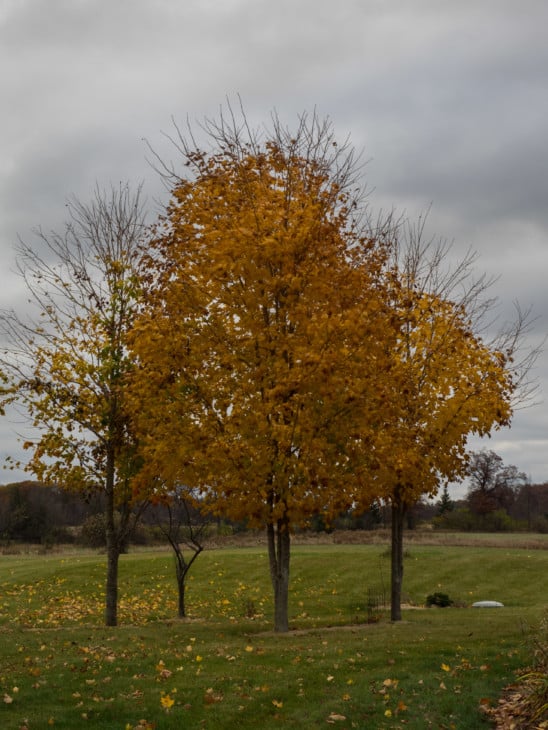
Besides being well known in these parts for its brightly colored foliage in the Fall season, Sugar Maple is the primary source of Maple syrup. The Sugar Maple is a deciduous tree that typically reaches heights between 25 and 30 meters.
Due to its high tolerance for shade, different types of soils, and long lifespan, Sugar Maples are vital resources for their surrounding ecology.
2. Red Maple (acer rubrum)
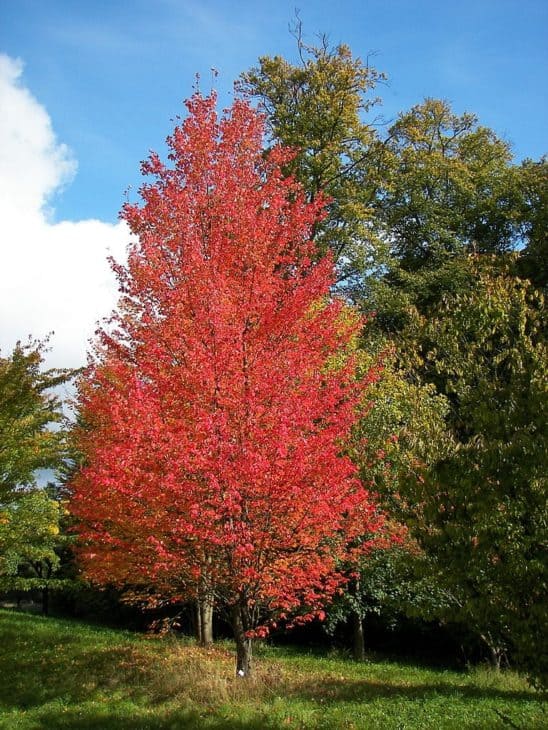
The Red Maple Tree is perhaps one of the most prevalent deciduous tree species in Eastern, Central, and Northern America. It is best known for the striking red color of its leaves, flowers, twigs, and petioles.
Importantly, Red Maple is highly adaptable to many environments, including dry and shifting soils, swamplands, and anywhere in between these two extremes. Commercially, it is used for maple syrup production and high-quality lumber.
3. Silver Maple (acer saccharinum)
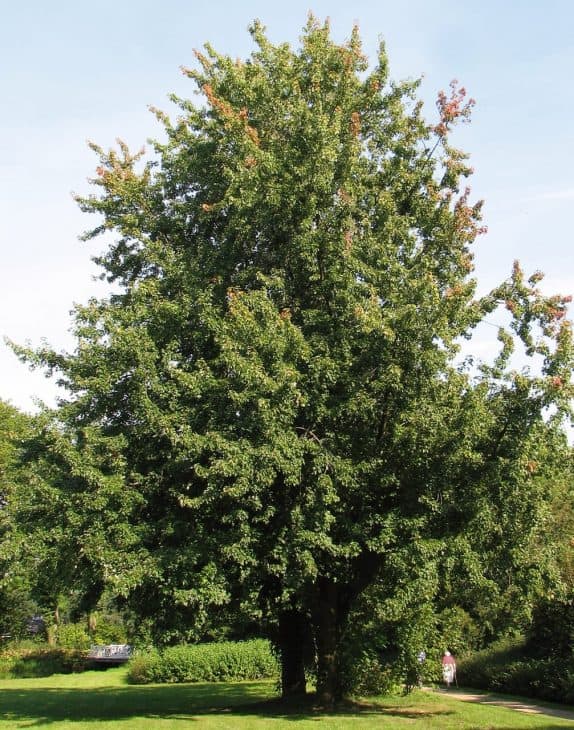
The Silver Maple is a species that is native to southeastern Canada as well as the Eastern United States. The Silver Maple tree has a silvery tinge to the underside of its otherwise green leaves.
The Silver Maple is one of the fastest-growing deciduous trees, growing up to 8 meters in the first ten years of its life. Usually, Silver Maples can reach heights of up to 20 to 25 meters and can be found growing in wetland areas.
4. Black Maple (acer nigrum)
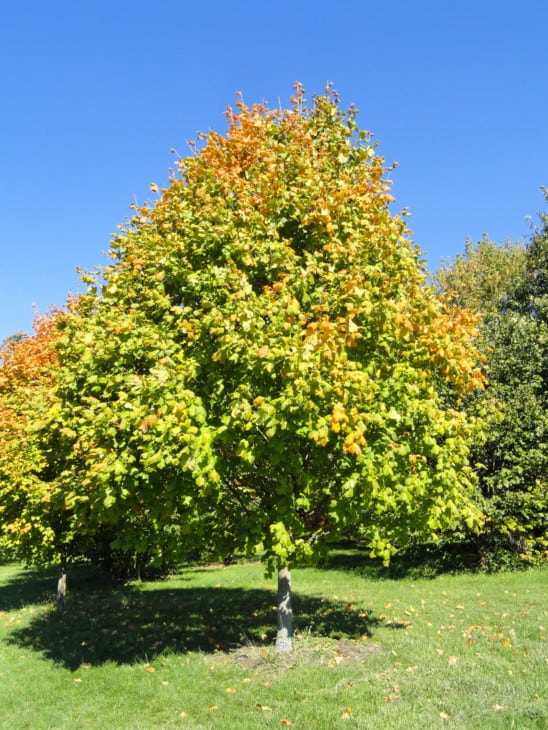
The Black Maple reaches heights ranging from 20 to 35 meters and is often difficult to distinguish from its close relative, the Sugar Maple.
Generally, Black Maple trees have three-lobed leaves, while Sugar Maple’s leaves are five-lobed. Moreover, the Black Maple tree’s leaves are relatively droopy in appearance, while the bark is darker and much more heavily grooved.
5. Bigleaf Maple (acer macrophyllum)
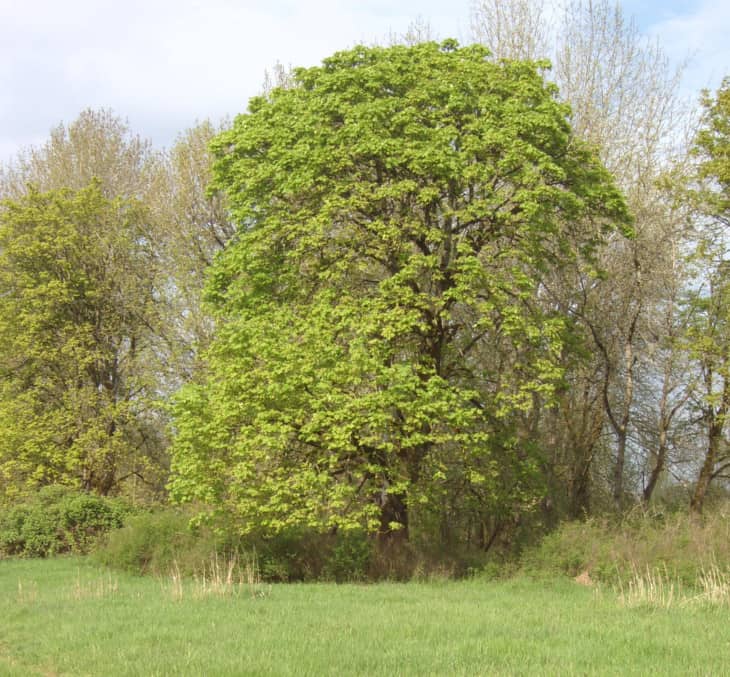
The Bigleaf Maple tree is indigenous to Western North America and has the largest leaves of any Maple species. They grow up to 20 meters tall, and their leaves become yellow and gold in the Fall season.
The fruit sprouted by the Bigleaf Maple is paired winged samara, which squirrels and other animals eat during the winter.
6. Douglas Maple (acer glabrum)
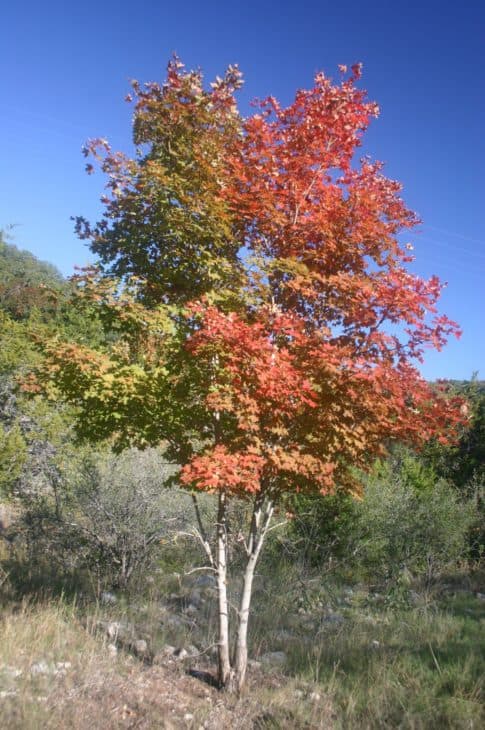
The Douglas Maple is a small tree that grows to about 10 meters in height. This species of Maple is indigenous to Western North America.
Moreover, the Douglas Maple is prevalent in the Rocky Mountains, where the foliage is browsed by game and cattle. This species of Maple is also known for its medicinal properties, as indigenous tribes used a Douglas Maple infusion to treat diarrhea.
7. Manitoba Maple (acer negundo)
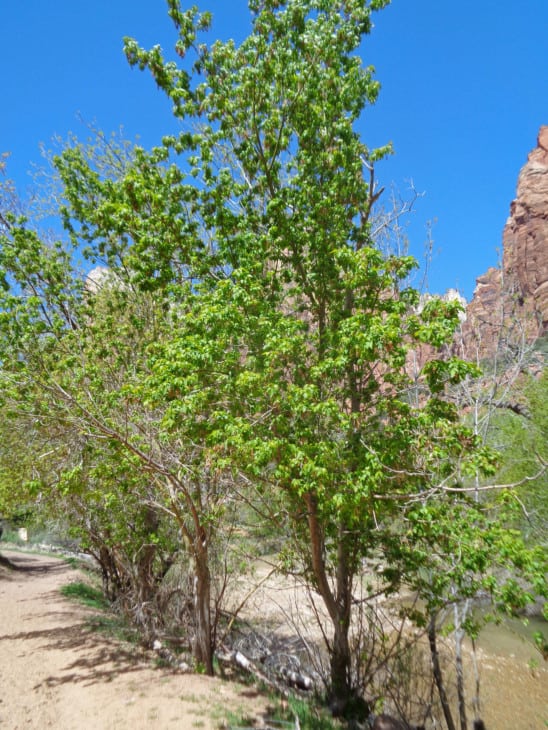
The Manitoba Maple tree is a fast-growing tree with a short lifespan and is indigenous to North America. As this species of Maple has been naturalized to much of the world, it is sometimes considered an invasive species of Maple.
The Manitoba Maple grows up to 10 to 25 meters in height and typically only lives for about 60 years. This tree has what are known as pinnately compound leaves, which contain between 3 and 7 separate leaflets.
8. Mountain Maple (acer spicatum)
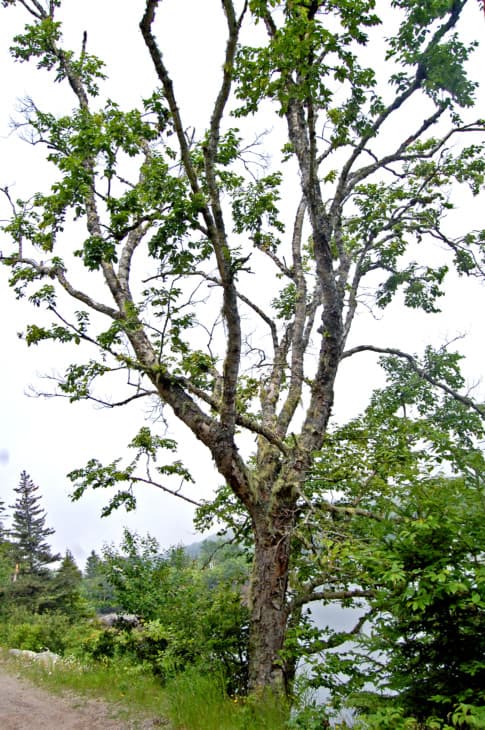
The Mountain Maple tree is indigenous to northeastern North America. It grows mainly in high elevation regions, including the Appalachian Mountains.
This deciduous tree grows up to 8 meters tall, with a short trunk and slender branches, with leaves that turn striking yellow-red in the Fall season. The Mountain Maple tree thrives mostly in woods with rich and well-drained soils, typically near streams.
9. Striped Maple (acer pensylvanicum)
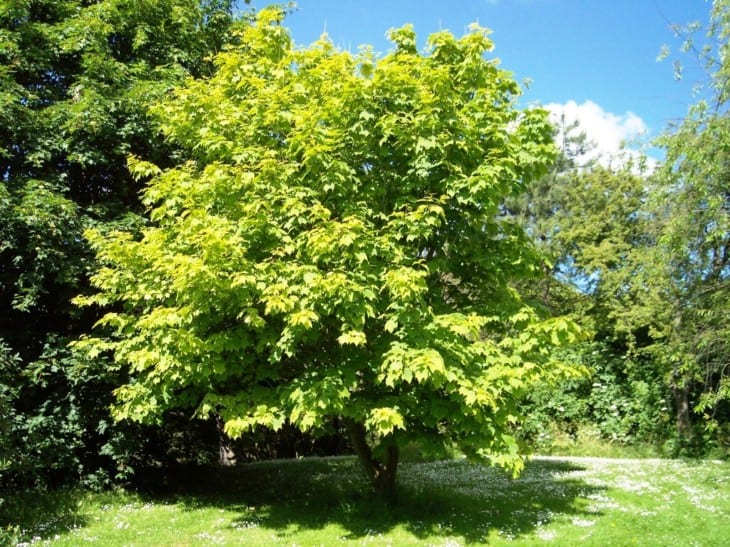
The Striped Maple tree is small species of Maple that is indigenous to North America. Interestingly, the Striped Maple is a sequential hermaphroditic species, meaning it can change its sex repeatedly throughout its life.
This deciduous tree grows anywhere between 5 and 10 meters in height, acting as an understory tree in forests. It is highly shade tolerant, persisting as an understory shrub for many years before reaching its full height when it finds a gap in the forest roof.

